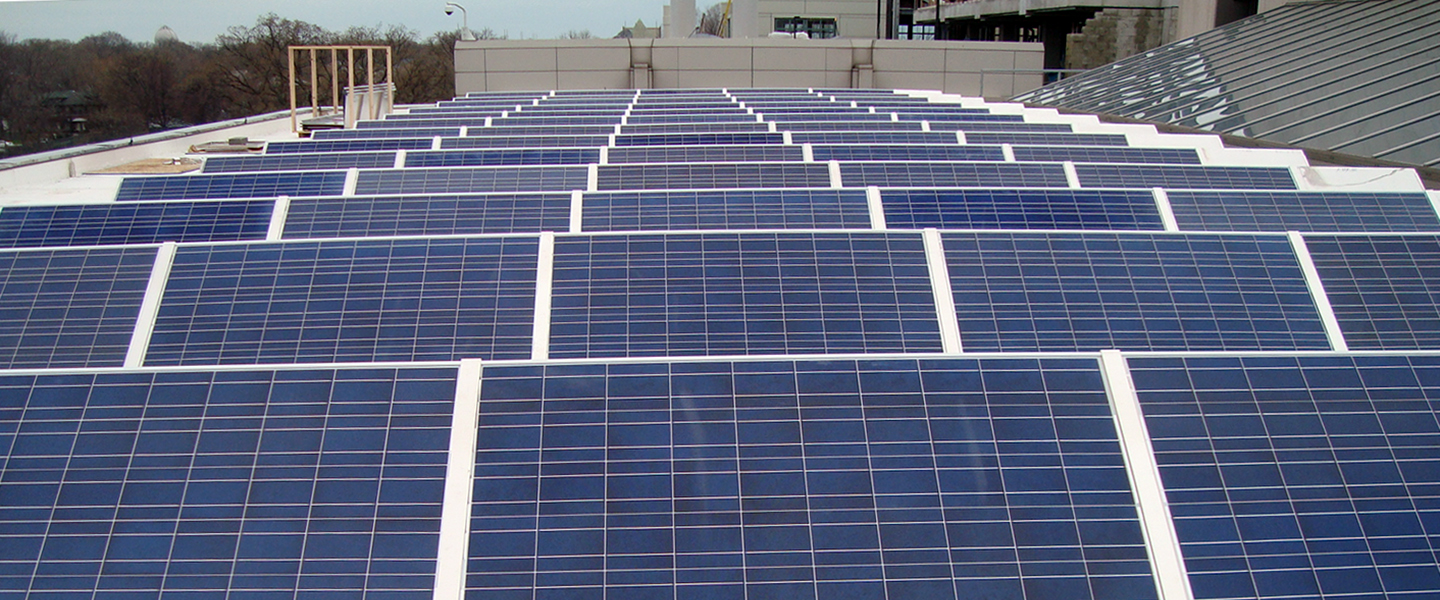
Northwestern Recognized for Green Power Use
August 16, 2016
The Green Power Partnership is an EPA initiative that highlights leading green power users across the United States. Organizations can meet EPA Partnership requirements through any combination of three options: purchasing renewable energy certificates; generating power on site; and utility green power products.
Northwestern purchases 122,000,000 kWh worth of renewable energy certificates (RECs) annually, equal to roughly half of the University’s annual electricity consumption. RECs are tradable commodities that represent megawatt-hours of electricity generated from a renewable source such as wind or solar. Purchasing RECs supports existing renewable energy generators and encourages greater investment in green power sources. Northwestern purchases RECs as a part of the University’s commitment to reducing the environmental impact of energy use on campus.
In addition, Northwestern is investing in on-site green energy generation. In 2015 the University signed on to the White House’s American Campuses Act on Climate Pledge, launching a solar roof initiative that will involve at least one new solar installation per year.
A solar array on the roof of the Ford Motor Company Engineering Design Center at the McCormick School of Engineering and Applied Science generated 16,646 kWh in 2015, equal to the annual electricity use of two average Illinois homes. This August, solar panels were also installed on the roof of Kresge Hall as a part of the renovation of that building. Additional sites are under review for future solar installations.
Another form of renewable energy on campus comes from geothermal heating and cooling systems in the Segal Visitors Center and the new Kellogg School of Management building.
In addition, Northwestern is committed to improving energy efficiency in campus facilities and has set a goal of reducing energy use per square foot by 20 percent by 2020 compared with a 2010 baseline. Maximizing efficiency reduces pollution and has the added benefits of cutting utility costs and improving comfort for building occupants.
Together, these strategies will reduce the University’s environmental footprint and lower energy costs while maintaining a campus that meets the needs of students, faculty, and staff.